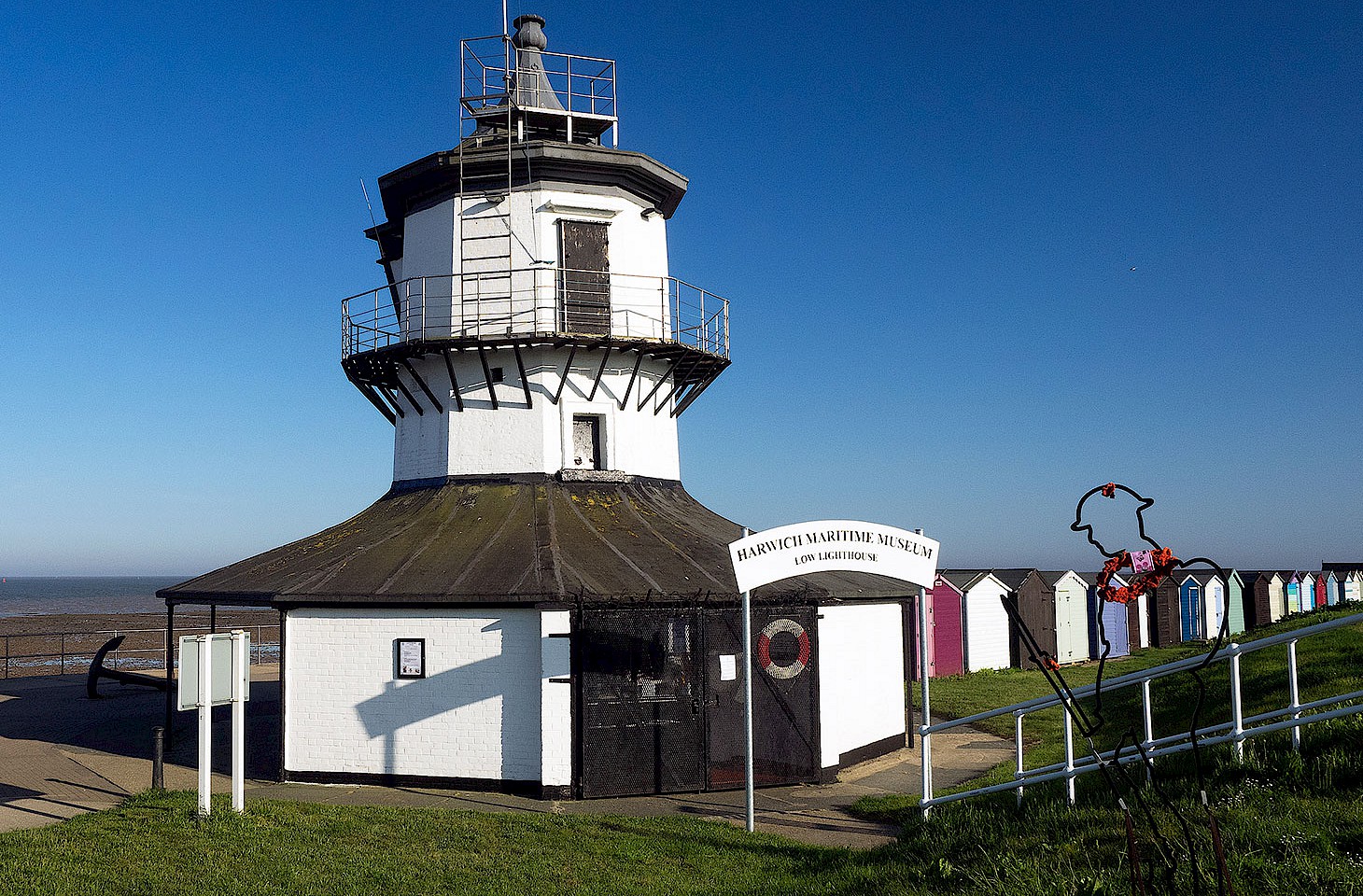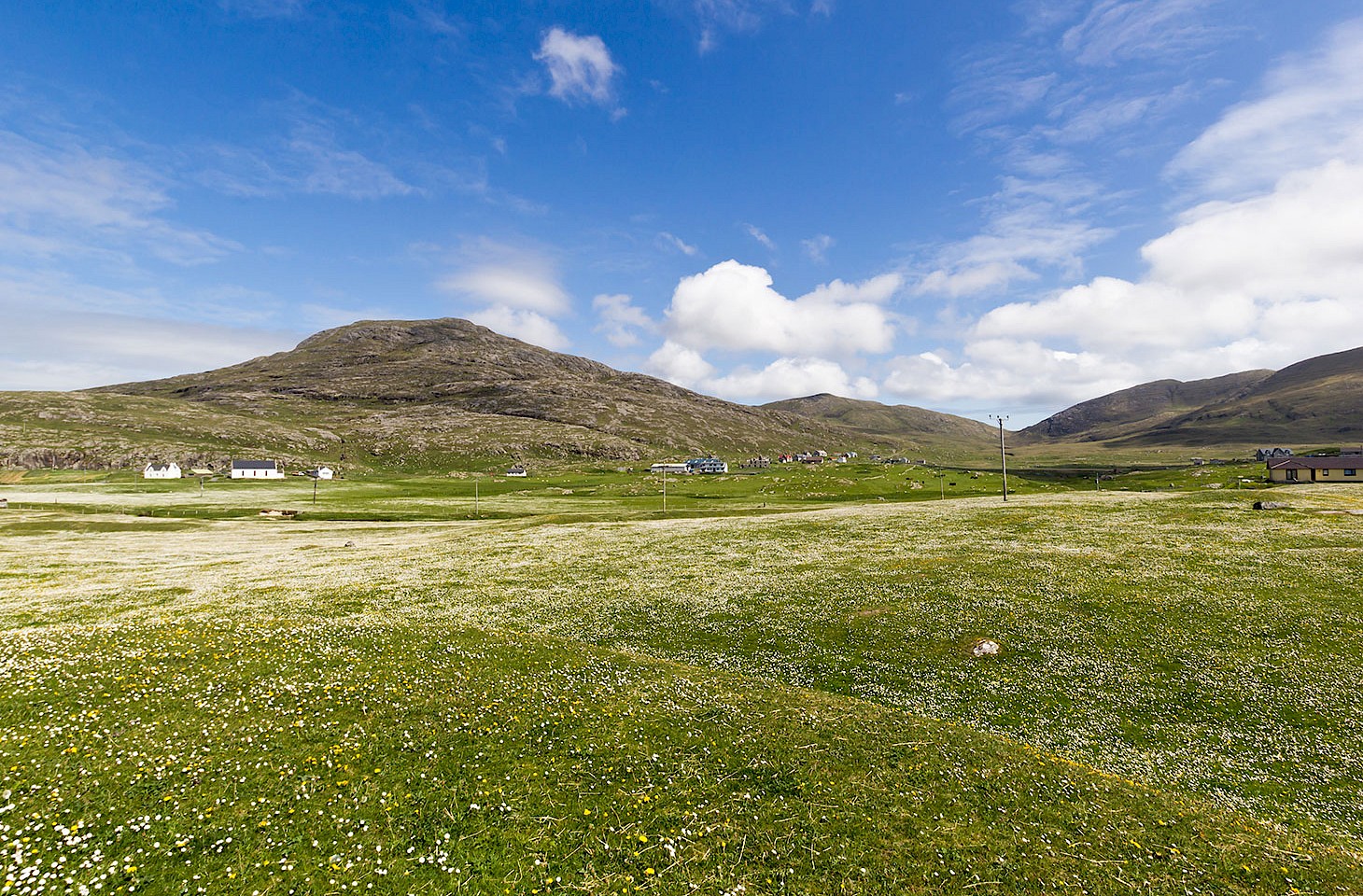As the tentacles of suburbanization spread out of central London from the mid-19th century, the flat and marshy land surrounding left-bank tributaries of the Thames downstream of the city centre remained relatively untouched by the relentless expansion of the city. Rivers like the Roding, the Lea and the Beam looped lazily over their flood plains. These quiet, melancholic flatlands with abundant reed beds were places where the illusion of rural Essex could be maintained even as the speculative builders were busy all around.
The Lea Valley developed in time into a major source of fresh water for thirsty Londoners, with a chain of reservoirs extending downstream from Enfield Lock to Walthamstow and beyond. Rudolf Abraham, a regular contributor to hidden europe, invites us to join him as he explores the wetlands of Walthamstow.
Walthamstow Wetlands in north-east London form one of the largest urban wetland areas in Europe, covering some 211 hectares, and providing an extraordinarily rich habitat for birds and other wildlife. Designated a Site of Special Scientific Interest (SSSI), they form part of the Lea Valley Special Protection Area (SPA) and Lea Valley RAMSAR Site (a Wetland of International Importance). The ten reservoirs of Walthamstow Wetlands were built during the second half of the 19th century, in several stages, with work finishing in 1904.
Opened to the public in 2017 following significant investment in the site, the Wetlands are threaded with walking and cycling paths. The area still serves as the main water supply for over a third of Londoners. I’m lucky enough to live just five minutes walk from one of the main entrances to the Wetlands.
Walking along an embankment above a reservoir, or between the blaze of yellow gorse and flowing weeping willow which line some of the more hidden pathways, you almost have the feeling you’re not in London — but here we are just a few kilometres from the very heart of the city. There’s such a feeling of space, even if the fringes of that space are clearly defined by the outlines of Tottenham Stadium, the belching smokestack at Edmonton Incinerator, and the twin clusters of modern skyscrapers at Canary Wharf and Bishopsgate. The drone of traffic, that constant, nagging companion to London life, is magically gone, or at least dramatically muted. Even more surreally, in a pandemic year with much-reduced air travel, there are almost no jet trails across the sky. Low, wooden platforms extend beyond the water’s edge, waiting to be claimed by fishermen or families out for a picnic, while islands dot the reservoirs, each with a different character and habitat. Perhaps you’ll hear the huge, whistling wing beats of a swan passing overhead, as the tall reed beds rustle softly in the breeze, or if you’re lucky you might see the iridescent blue flash of a kingfisher flitting past.




